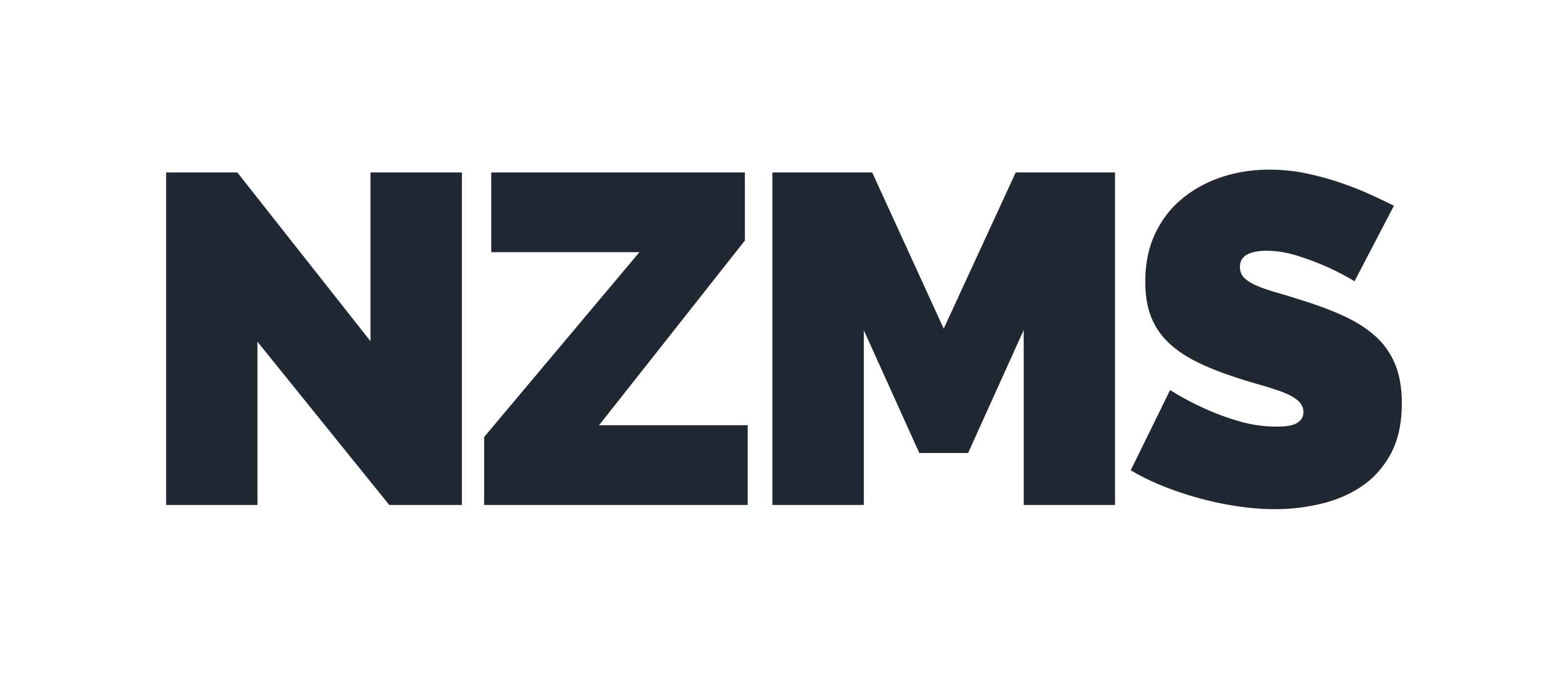You don’t tend to get those words together in the same string, but what’s exciting me about metadata at this point is the creative possibilities that it offers. For most of my time in archives & libraries, metadata seems to have been primarily about standards and those standards were primarily about interoperability. So metadata that works for computers… but what about metadata that works for people?
Metadata is Social
Since I started on Recollect I’ve appreciated more and more that metadata is a social activity. This isn’t to disregard metadata that enshrines the fixity, authenticity, and reliability of digital items, but on the discovery, contextualisation and engagement side of things the potential is huge.
Firstly there are so many points of view, insights and stories that can enhance our official record, if we open this space to our community. OK, members of the public will still give you some less than useful comments. Let’s face it “Like this photo” doesn’t add much to the sum of human knowledge (at least in isolation).
But looking at the daily activity of members on the West Coast NZ History site they have a lot to share and memorialise. They are a community of experts and have been given a platform to express that. The community won’t always agree as individuals but as a group they can build a consensus about the events and participants represented, fill out gaps in the collection and weave in the stories.
Metadata Makes Connections
Metadata that makes connections is the next exciting thing. Data that can be linked to controlled context is that much more powerful than data that can be linked to controlled terms. Keyword searching is a cornerstone of online discovery systems (as witnessed by the ubiquity of the standard “Google search box”) but it has definite semantic limitations.
Linked data and graph databases change the way people discover, explore and understand our holdings and in turn the way we construct our metadata. Building relationships (hyperlinks) into the metadata introduces serendipity and multiple search pathways. The principle of a good graph is that you never get returned “no results”; there is always some new connection to explore between your data or from your data to something else on the Internet.
Metadata Builds Experience
As well as improving the journey, metadata can also make someone’s experience of your content that much better. Examples of this are adding geotags, illustrations and YouTube videos as field types into your metadata record. This might seem extraneous but for end users these visual and interactive elements can add to their enjoyment and engagement.
A Google map reference added to an historic photo lets the user compare the two realities and explore the modern surrounds in street view. A perfect example of this is a photo of Hohenzollern Bridge (Cologne) in the National Army Museum Recollect site. Notice how the photograph taken in World War 1 aligns perfectly with the street view map of the replacement bridge (rebuilt after WW2).
Metadata is Creative
An inventive attitude to metadata can also make your job as a data creator easier. If you have the freedom and flexibility there are all sorts of useful fields you can create. For example:
| Antarctica NZ uses the “Gallery of Awesomeness” flag to retrieve images that could otherwise take hours to discover. | |
| The NZ Ship and Marine Society are linking their descriptions of nautical books to the holdings information in the New Zealand Libraries Catalogue | |
| NZEI uses their subject taxonomy to generate dropdown searchable menus. |
Metadata is a Tool
Metadata can also be its own handy tool for to creating new and improved metadata through batch edit processes. Anything that can be found and retrieved reliably can be acted on, so even minimal data such as the file/folder pathway can be a great starting point for adding structured, metadata to digital assets. I.e. if they have something in common be it creator, date, rights statement or subject this can be added automatically and collectively.
Get Excited!
So metadata shouldn’t be yawned about but appreciated for its potential to make systems better for people to use. Technology can do amazing things with the right metadata – let’s get creative!
